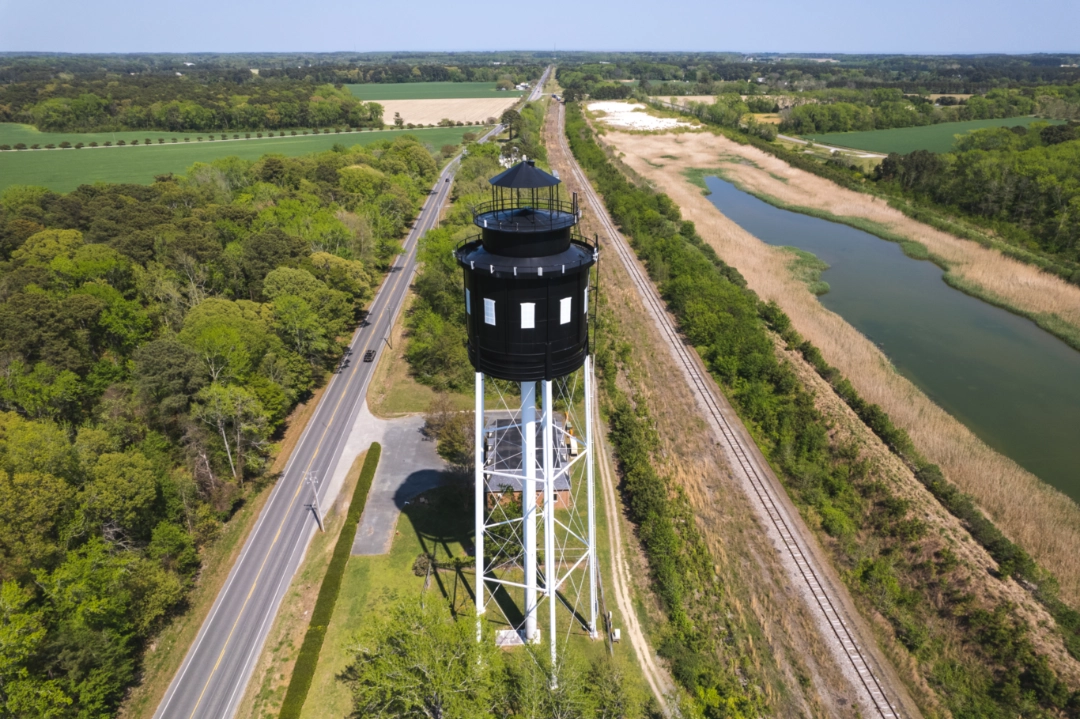Why Coastal Waterways are Highly Corrosive on Metal Substrates?

Posted on February 7, 2024 by Brent Phillips
Coastal environments present unique challenges when it comes to dealing with corrosion. The combination of saltwater, high humidity, and constant exposure to the elements creates an environment highly corrosive to metals. As a result, structures and equipment in coastal areas are particularly susceptible to degradation and deterioration.
In this blog, we will look at the problems caused by corrosion in coastal areas and ways to reduce its effects. By understanding these challenges and implementing effective preventive measures, you can ensure the longevity and sustainability of structures and equipment in these vulnerable areas.
Science Behind Corrosion in and Around Coastal Waterways
The corrosive nature of coastal waterways is well-documented. The salt content in ocean water and the air is an electrolyte, accelerating the corrosion process. Saltwater corrosion is strong due to the high amount of dissolved salts, such as chloride ions, that accelerate corrosion.
In addition, the presence of moisture and oxygen further exacerbates this phenomenon. High humidity causes moisture to enter metal surfaces, leading to more corrosion.
Understanding the science behind corrosion in coastal waterways is crucial for industries and infrastructure located in these areas. Natural corrosive processes driven by electrochemical reactions can wreak havoc on structures and equipment exposed to saltwater environments.
After all, several factors influence the severity of corrosion in coastal areas. One key factor is the composition of metals used in structures or equipment. Different metals have varying corrosion resistance levels, with some being more susceptible than others.
Environmental conditions also play a significant role. Higher temperatures, increased humidity levels, and exposure to airborne pollutants can accelerate corrosion rates. Additionally, tidal movements and wave action introduce mechanical stress that further contributes to the degradation of materials.
By understanding these underlying mechanisms and factors influencing corrosion in coastal waterways, engineers and scientists have developed strategies to mitigate its impact. Implementing protective coatings or using corrosion-resistant alloys are standard safeguards against saltwater-induced degradation.
Impacts From Coastal Corrosion on Water Towers and Waste Water Treatment Facilities
Water towers and waste water treatment facilities are vital community infrastructure. Coastal structures face a challenge from saltwater’s corrosive effects.
Proactive maintenance strategies are essential to combat coastal corrosion. Regular inspections and assessments can identify signs of corrosion early on, allowing for timely repairs or protective measures. Using special coatings or linings can protect water towers and treatment facilities in coastal areas from saltwater, increasing their lifespan.
Furthermore, implementing cathodic protection systems can offer long-term protection against corrosion by creating an electrochemical barrier between the structure and corrosive elements. These systems help prevent metal degradation and ensure the longevity and reliability of water towers in coastal environments.
Mitigation Strategies: Protecting Metal Substrates from Coastal Corrosion
The most common way to prevent metal from corroding in coastal areas is by using protective coatings and paints. These coatings protect metal from salt water and salt air up to 50 miles inland. In addition, they create a barrier that stops direct contact and slows corrosion.
When choosing coatings and paints, it’s important to pick ones made for safeguarding metal from saltwater and high humidity. These coatings need to stick well and be very resistant to saltwater, UV rays, and tough coastal conditions.
Furthermore, using multi-layer systems that include primers, intermediate coats, and topcoats can provide enhanced protection against coastal corrosion.
- Primers serve as a bonding layer between the metal substrate and subsequent coating layers, ensuring optimal adhesion.
- Intermediate coats offer additional protection by acting as a sacrificial layer that corrodes before reaching the underlying metal substrate.
- Topcoats provide aesthetic appeal while offering an extra barrier against moisture penetration.
Water Tower Inspections and Repair Contractor, Cunningham Inc.
Regular inspection and maintenance of these protective coatings are also crucial in ensuring their long-term effectiveness. If you see signs of corrosion or damage, contact Cunningham Inc., the experts in sandblasting and protective coatings, right away. They can thoroughly remove old coatings and rust, complete targeted repairs, and apply new protective coatings.
In order to protect metal objects from saltwater damage, use special coatings and paints designed for this purpose. That will help prevent corrosion and make these assets last longer. Contact Cunningham Inc. today by calling (620) 848-3030.